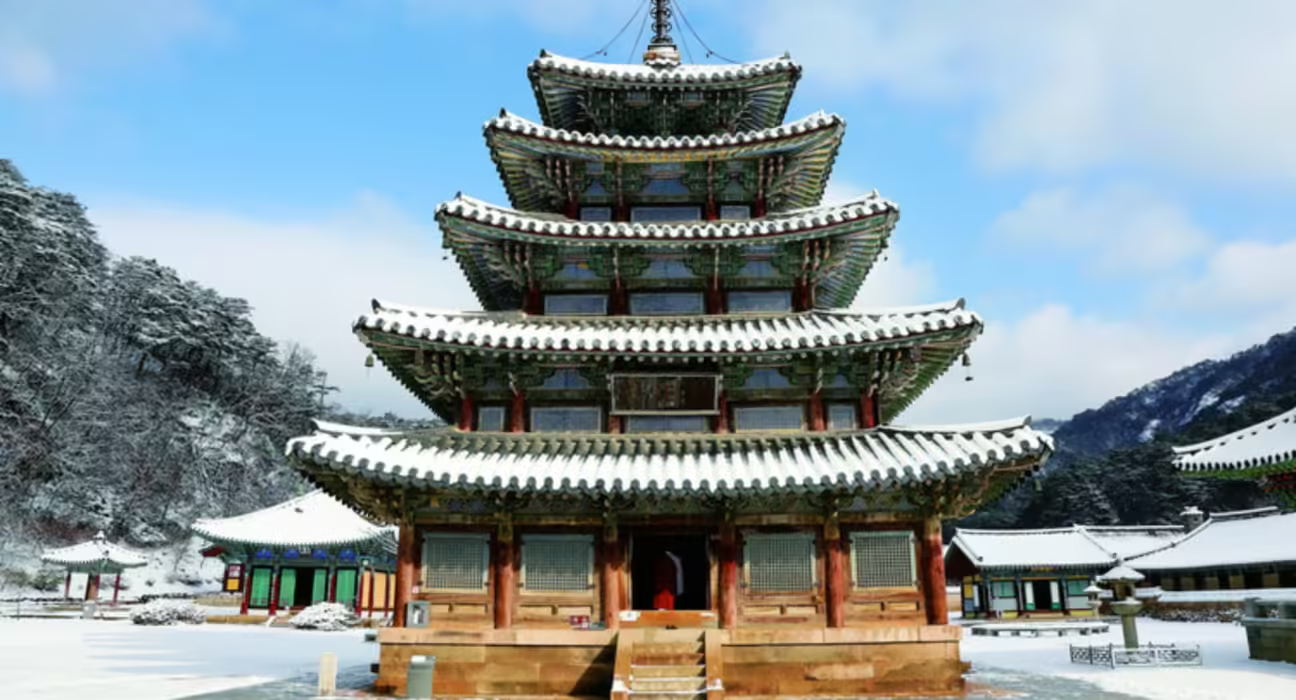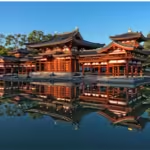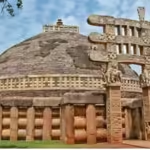Korean architecture represents a harmonious blend of tradition and modernity, embodying the rich cultural tapestry of Korea. From the timeless elegance of Hanok houses to the soaring heights of contemporary skyscrapers, Korean architecture serves as a canvas illustrating the evolution of society, nature, and spirituality. It stands not just as a reflection of aesthetic values but also as a testament to the philosophy and principles that have shaped the Korean identity throughout centuries.
Historical Foundations of Korean Architecture

The origins of Korean architecture can be traced back to ancient times when the first structures were built by early settlers who sought shelter from the elements. Over the millennia, architectural styles evolved, influenced by various dynasties and neighboring cultures while maintaining a distinct identity that reflects Korea’s unique environment and social ethos.
The Influence of Ancient Dynasties
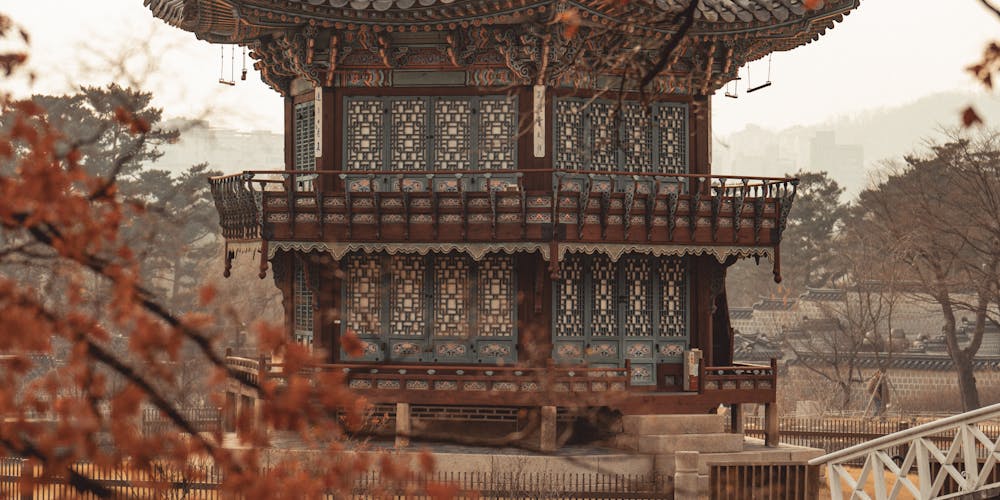
The architectural landscape of Korea has been significantly influenced by its historical dynasties, particularly during the Three Kingdoms period.
During this era, structures such as temples and fortresses were constructed using advanced techniques for their time. The use of natural resources, like timber and stone, underscored an innate understanding of geology and geography, allowing these constructions to withstand natural disasters while blending seamlessly into their surroundings.
Moreover, the architectural innovations seen in the Silla kingdom showcased intricate designs that emphasized both aesthetics and functionality. Temples such as the famous Hwangnyongsa exemplify how architecture was used not only for worship but also as symbols of power and cultural pride.
Buddhism’s Impact on Architectural Design

Buddhism played a pivotal role in shaping Korean architecture, particularly during the Goryeo and Joseon dynasties. The introduction of Buddhist concepts led to the construction of pagodas and meditation halls, which became fundamental to the spiritual life of Koreans.
Pagodas, often seen as towering structures with several tiers, are not merely functional buildings; they represent a convergence of engineering and art. Their design principles reflect a deep understanding of balance and proportion.
Furthermore, the implementation of feng shui—an ancient Chinese practice focused on harmonizing human existence with the surrounding environment—found its way into building sites across Korea. This principle guided architects in deciding where to place religious structures, enhancing their spiritual significance while promoting serenity and tranquility.
The Evolution Through the Ages
As Korea transitioned through various historical phases, so did its architectural practices. The Joseon dynasty, known for its Confucian ideals, saw the rise of Hanok homes characterized by their elegant wooden structures, tiled roofs, and open spaces.
These traditional houses did not solely serve as living quarters; rather, they were designed as environments that fostered relationships and community interaction. The layout, carefully arranged around courtyards, invited family gatherings and allowed great natural light and air circulation, epitomizing the Korean philosophy of living in harmony with nature.
In contrast, the late 20th century introduced modern materials and styles, paving the way for innovative designs that integrate cutting-edge technology while respecting the essence of tradition. Contemporary architects began to merge glass and steel with traditional forms, creating a dialogue between past and present.
Characteristic Styles of Korean Architecture
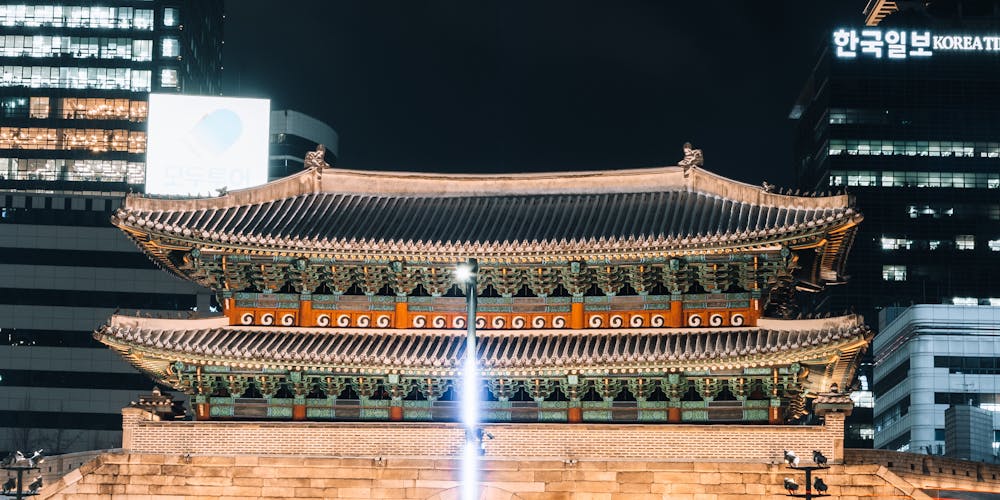
The diversity within Korean architecture is evident in its various styles, each reflecting different periods and cultural influences.
Traditional Hanok: An Icon of Cultural Identity

Hanok represents the quintessence of traditional Korean architecture and is celebrated for its unique features that align with both utility and aesthetics.
With curved roofs that resemble wings, Hanoks are a sight to behold against the backdrop of mountainous terrain. The careful selection of materials, predominantly wood and clay, not only ensures durability but also enhances insulation, making them suitable for Korea’s variable climate.
Interestingly, Hanoks are not merely structures; they are imbued with philosophical meaning. For instance, the arrangement of rooms signifies different functions—living spaces are typically located to receive abundant sunlight, reflecting the Korean value of warmth and hospitality.
Moreover, the exterior of Hanok often incorporates elements of nature, such as gardens and water features, symbolizing a profound respect for the environment. This integration demonstrates how Korean architecture prioritizes balance between human habitation and the natural world.
The Elegance of Palaces

Palatial structures such as Gyeongbokgung and Changdeokgung are testaments to the grandeur of Korean architecture during the Joseon dynasty. These royal palaces exhibit an exquisite balance of symmetry and asymmetry, showcasing the meticulous attention to detail characteristic of Korean craftsmanship.
The grand entrances, adorned with colorful paintings and ornate tiles, create a regal atmosphere that evokes the richness of history and culture. Inside, spacious halls designed for court ceremonies demonstrate the sophisticated hierarchy of society, with meticulously crafted wooden beams that tell tales of artistry and skill.
Furthermore, the presence of secret gardens and serene ponds within palace grounds highlights an essential aspect of Korean architectural philosophy: the importance of nature in nurturing the spirit and fostering tranquility. Visitors to these palaces not only appreciate the architectural beauty but also connect with the historic narratives embodied within their walls.
The Adaptation of Modern Styles
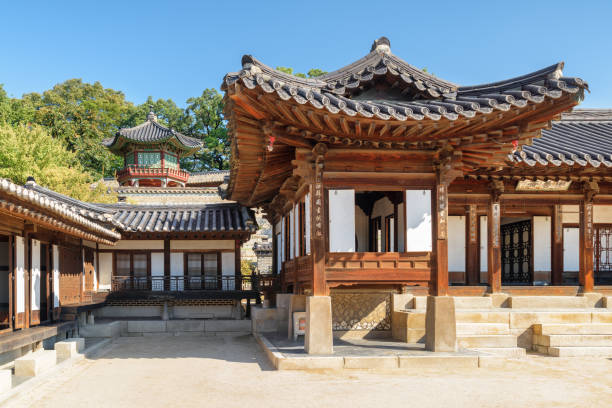
In the wake of globalization, Korean architecture has adapted to include modern styles, embracing innovation without discarding tradition.
Contemporary architects are increasingly exploring new materials and technologies, resulting in breathtaking structures like the Dongdaemun Design Plaza. This landmark features fluid shapes and dynamic forms that challenge conventional notions of architecture while paying homage to the city’s vibrant energy.
The integration of sustainability into modern designs reflects a growing awareness of environmental responsibility. Projects focusing on eco-friendly materials and smart technologies indicate a shift towards architecture that not only looks to the future but also respects the past.
Moreover, the blending of high-tech urban designs with traditional elements can be seen in Seoul’s skyline, where skyscrapers coexist with historical landmarks. This juxtaposition creates a narrative of continuity, illustrating how Korean architecture can evolve while preserving its cultural identity.
Future Directions in Korean Architecture
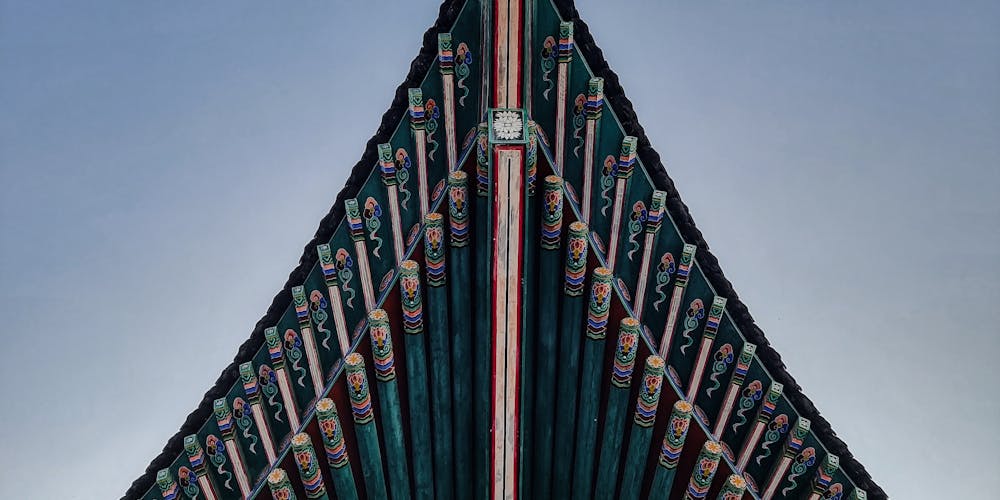
Looking ahead, one can speculate the trajectory Korean architecture will take in an ever-globalizing world. As technological advancements continue to influence design, there lies an exciting potential for creativity and innovation.
Sustainable Practices and Green Architecture

The drive towards sustainability is at the forefront of architectural discourse, and Korean architecture is no exception.
Architects are increasingly emphasizing eco-friendly building practices, focusing on renewable materials and energy-efficient designs. For example, the concept of “biophilic design” integrates natural elements into urban settings, thereby promoting a healthier lifestyle.
As cities grapple with pollution and climate change, incorporating green spaces within urban developments becomes imperative. Initiatives such as vertical gardens and green roofs transform concrete jungles into breathing ecosystems, providing solace amidst bustling city life.
Furthermore, the use of smart technologies—like solar panels and automated systems—allows for greater efficiency in energy consumption, paving the way for a sustainable future. This commitment to eco-consciousness positions Korean architecture as not just relevant but pioneering for generations to come.
Balancing Tradition and Modernity
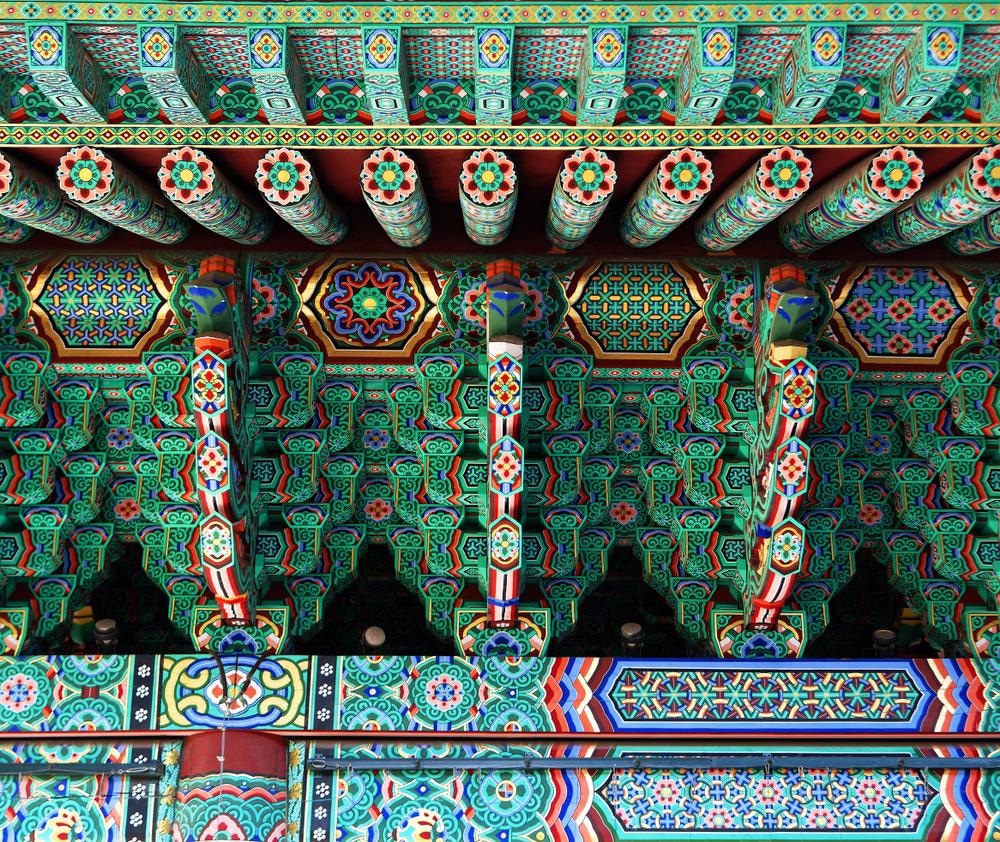
As Korean architecture continues to evolve, the challenge lies in maintaining a delicate balance between honoring tradition and embracing modernity.
Emerging architects are called to create designs that fuse historical elements with contemporary aesthetics. By doing so, they enrich the cultural landscape while catering to modern lifestyles.
One fascinating aspect of this balance is the adaptive reuse of historical buildings, where old structures undergo renovation to accommodate contemporary functions without losing their historical significance. This approach nurtures a sense of continuity while allowing communities to engage with their heritage.
Cultural Expression Through Architecture
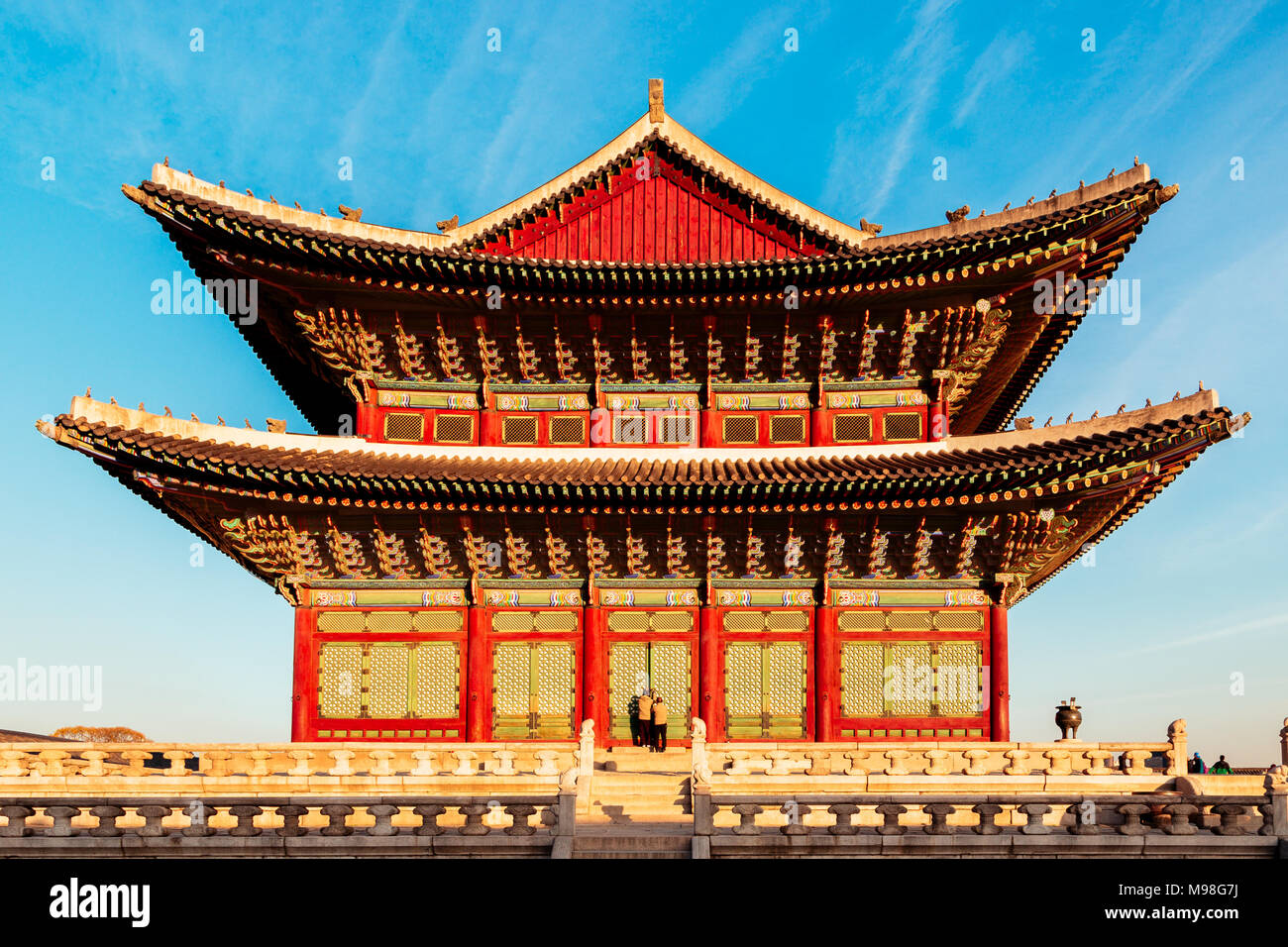
In a rapidly changing world, architecture remains a potent form of cultural expression.
As global dialogues shape perceptions and ideas, Korean architecture must convey its authenticity and uniqueness. Architects have the opportunity to create spaces that reflect the intricacies of Korean culture, from public buildings to small community centers.
Innovative designs that incorporate local art, crafts, and historical references can instill a sense of pride among citizens, fostering connection and belonging. Moreover, international collaborations can enhance cross-cultural dialogue, inviting fresh perspectives while celebrating Korea’s architectural legacy.
Conclusion
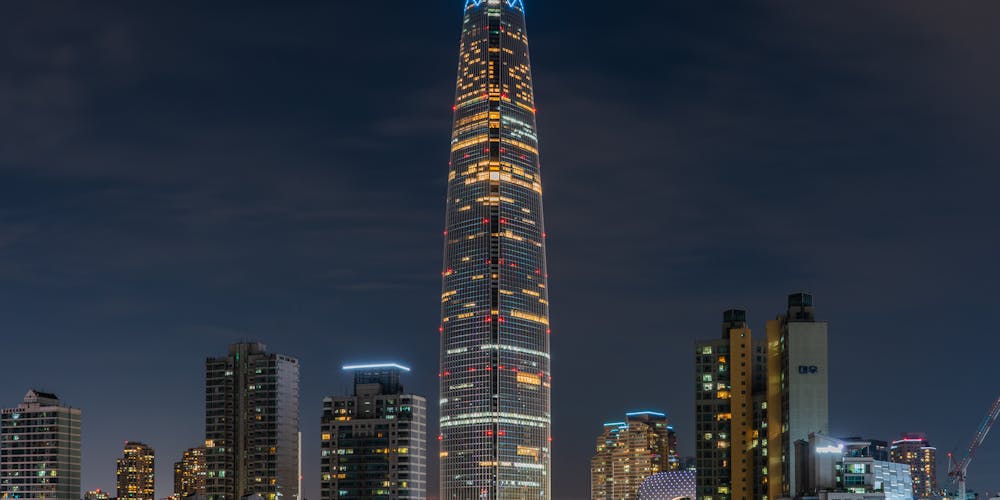
In conclusion, Korean architecture stands as a testament to the confluence of history and modernity, creativity and functionality. Its journey from ancient traditions to contemporary designs encapsulates the heart and soul of the Korean people.
Through its diverse styles, rich cultural narratives, and forward-thinking approaches, Korean architecture not only preserves a cherished past but also shapes a promising future. As we navigate an increasingly complex world, the lessons gleaned from this architectural evolution resonate deeply—reminding us of the intrinsic connection between humanity, nature, and the built environment.
✉️ Stay Connected — Subscribe for Weekly Updates
Discover timeless stories, practical wisdom, and beautiful culture — delivered straight to your inbox.
*We only share valuable insights — no spam, ever.




